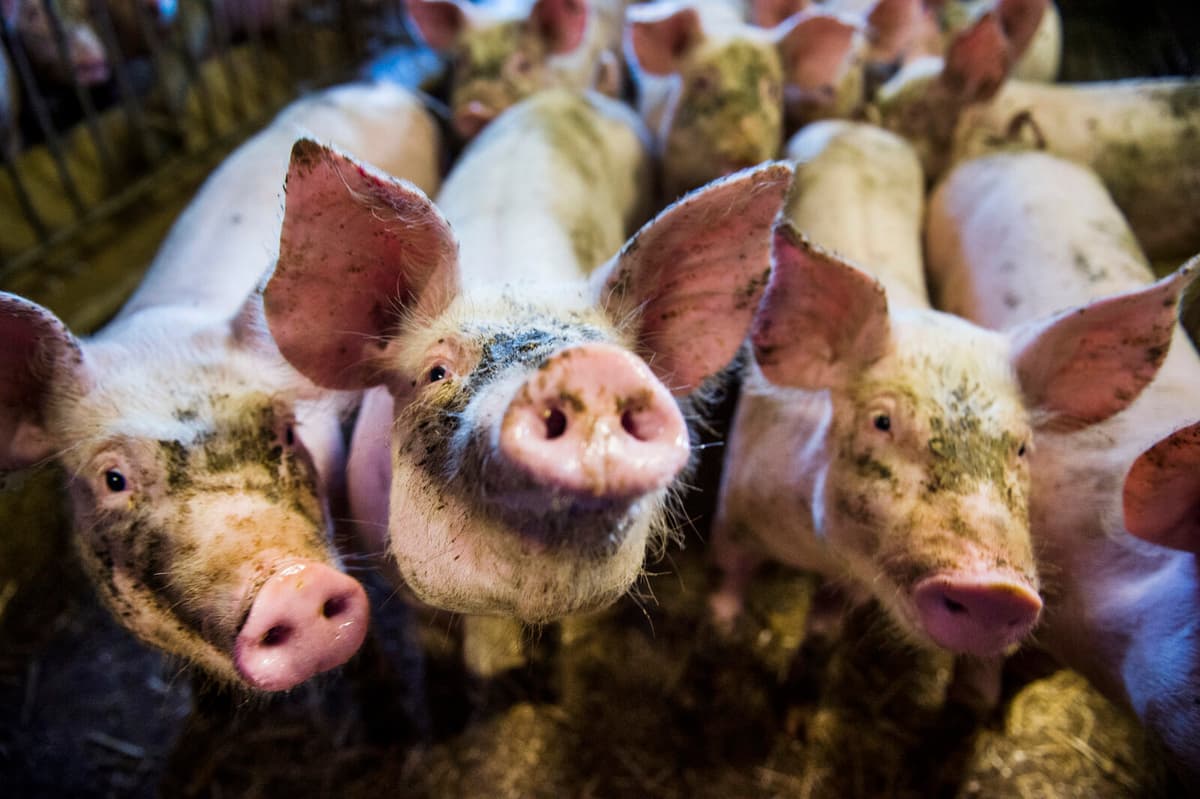In an international research collaboration led by the University of Copenhagen, ETH Zürich, and the French research institute INRAE, more than 7,000 sound recordings of pigs have been used to develop a machine-learned algorithm that can decode the pigs' vocalizations.
The recordings were made in both pleasant situations, such as when a piglet is fed or reunited with its family after separation, and in stressful situations, such as fights or transport to the slaughterhouse.
19 types of grunts
Is the pig scared, happy, frustrated, sad, or stressed? In total, 19 different types of grunts and screams have been translated into different emotional expressions.
The algorithm has now been used to monitor pig life on different types of farms in Denmark and Germany. The project, which was followed in a documentary by Danish Radio, concludes that pigs that are allowed to be outdoors fare best.
The best for the pigs is to be free-range, says researcher Elodie Mandel-Briefer at the University of Copenhagen to TT.
Every fourth grunt or scream on the conventional farms that participated in the study was an expression of high stress or pain levels, while only 8 percent of the grunts from the outdoor pigs were expressions of such negative emotions.
The duration of the grunts also reveals how the pigs are doing – the shorter the grunts, the better the well-being.
Transport stress to the slaughterhouse
During transport to the slaughterhouse, it was not possible to analyze the pigs' sounds, as the sound level was too high from the stressed pigs throughout the nearly five-hour journey.
One farm with conventional indoor pig farming stood out in the study. There were many positive grunts and very few stress sounds.
The researchers believe this is due to the breeder's calm and gentle contact with the pigs.
Elodie Mandel-Briefer hopes that the method will eventually be used in an app that can be used on pig farms.
With such a tool, farmers can continuously understand what is happening among the pigs, she says.





